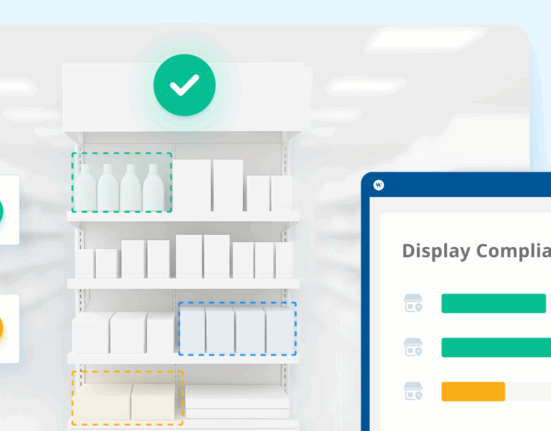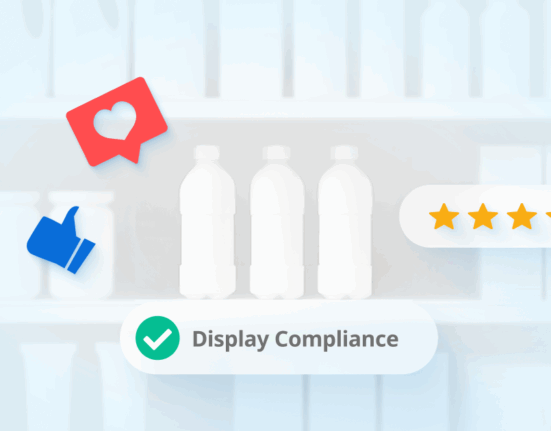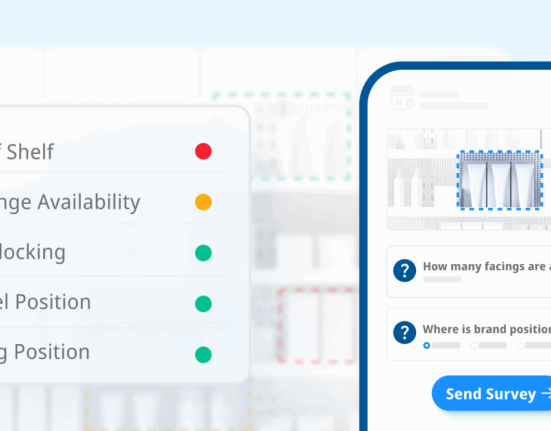Are you getting ready to launch a new product? Now’s the time to focus on setting the right price to attract the most customers possible.
This is when penetration pricing can come into play. But what is penetration pricing? And what are the advantages and disadvantages of this pricing strategy for brands? Let’s find out.
What is Penetration Pricing?
Penetration pricing is when a product is priced lower than the competition to drive sales during the initial release period. This is a pricing strategy often used by brands for a product that has high competition or is a relatively new idea.
Penetration pricing strategies can entice customers to make initial purchases or subscribe to services. The low price helps penetrate the market by getting the attention of more consumers than a higher price otherwise would, allowing the brand to establish a foothold against the competition in these early stages.
Penetration pricing is when a product is priced lower than the competition to drive sales during the initial release period.
What is the Purpose of Penetration Pricing?
Penetration pricing works to disrupt the market by introducing new products at low prices to entice customers to stray from competitors. This helps capture the attention of potential buyers to quickly build up a customer base.
- The goal of penetration pricing is to:
- Capture market share
- Pull in customers from other competitors
- Generate product demand
- Create brand loyalty in the long-term
The penetration pricing strategy works best when the products or services are best suited to a mass market, like a subscription.
Make sure that cultivating brand loyalty is a top priority when working out your pricing and product strategies. Otherwise, customers will simply flee to any provider with the lowest price option.
Examples of Penetration Pricing
How does penetration pricing work? Simply put, this pricing strategy plays on the desire of consumers to get the best deal possible. Setting a low price for a new product positions that brand as a more affordable alternative to the established competition.
Penetration pricing works because brands will gradually increase prices over time, driving up profit margins. Those initial narrow margins may be worth it to get customers in the door and build up demand for your products.
Several examples of penetration pricing include:
- Cable providers offering low-priced packages for the first six to 12 months of a contract before increasing prices
- Apple smartphone competitors providing a lower-cost alternative to the iPhone, such as Android devices or Samsung phones.
- Streaming providers, specifically Netflix, taking on established players in the entertainment industry.
- Organic food brands and retailers, including Costco, pricing organic foods lower than the competition to increase market share in grocery.
Penetration Pricing vs. Price Skimming
Penetration pricing isn’t the only product-launch pricing strategy out there, however. There is also price skimming. As we covered in our post about this strategy, price skimming is “when a brand or retailer charges a high price for a product at launch and then reduces that price over a short period of time.”
This is relevant because price skimming is the exact opposite of penetration pricing.
Skimming can be effective when the product in question is highly innovative, in a premium, luxury market, or if there is limited competition, among other factors.
Penetration pricing can be effective when there are many competitors, it is designed for a mass market, or economies of scale are possible (such as with Costco in the organic foods example).
Advantages of Penetration Pricing
There are several advantages to penetration pricing for brands if the market is right for this type of pricing strategy.
Increased Customer Interest
Penetration pricing works for some brands because shoppers will be interested in that lower-priced option, giving a quick boost in sales and word-of-mouth right at the start. It can also take consumers away from the competition.
Reduced Competition
In addition, penetration pricing is a plus in some cases because it can keep competition that can’t compete at that price point out of the market. That is, at least until prices increase—but by that point, a successful strategy will have made the path forward much harder for that competition.
More Brand Loyalty
This strategy also has the advantage of improving brand loyalty around a product launch. The low price brings in new customers and a product that offers good value and quality will keep them around once the price increases.

Disadvantages of Penetration Pricing
On the flip side, penetration pricing isn’t always the right strategy for brands. It comes with its own set of disadvantages, too.
Poor Customer Experiences
Cable providers using penetration pricing is a good example of when it can go wrong. That initial low price gets people in the door but increasing prices later can drive them away again. This is sometimes referred to as predatory pricing.
To avoid this, the value of the product needs to be authentic, along with good customer experiences. This is not something you hear frequently regarding cable providers.
Potential Price Wars
You drop prices and your competitors drop prices, then you drop prices, and they drop prices … and you’re in a price war. Penetration pricing can increase the likelihood of a price war because it invites the competition to undercut you on price.
Decreased Brand Perception
Brand reputation can be hard to establish, and one disadvantage of penetration pricing is the risk of hurting that perception. Brands that are perceived as premium or luxury may be better served focusing on other strategies. The low price of a product launch can lead to shoppers associating that brand with low-cost or the dreaded “cheap” tag.
Is a Penetration Pricing Strategy for You?
Penetration isn’t the best pricing strategy for every brand. New entrants to this option should be in a high-competition market, with a mass-market appeal, and the potential for economies of scale. Other strategies, including price skimming, may be better if your brand has a premium reputation or has a niche product.
Selecting the right pricing strategy is essential for product success, that’s why it’s important that product managers begin considering their options early in the process.
The good news, though, is that there’s a pricing strategy out there for everyone! Find the one that works for you.
Editor’s Note: Contributing writer is Alexandria Flores. This post was originally published in December 2019 and has since been updated and refreshed for readability and accuracy










